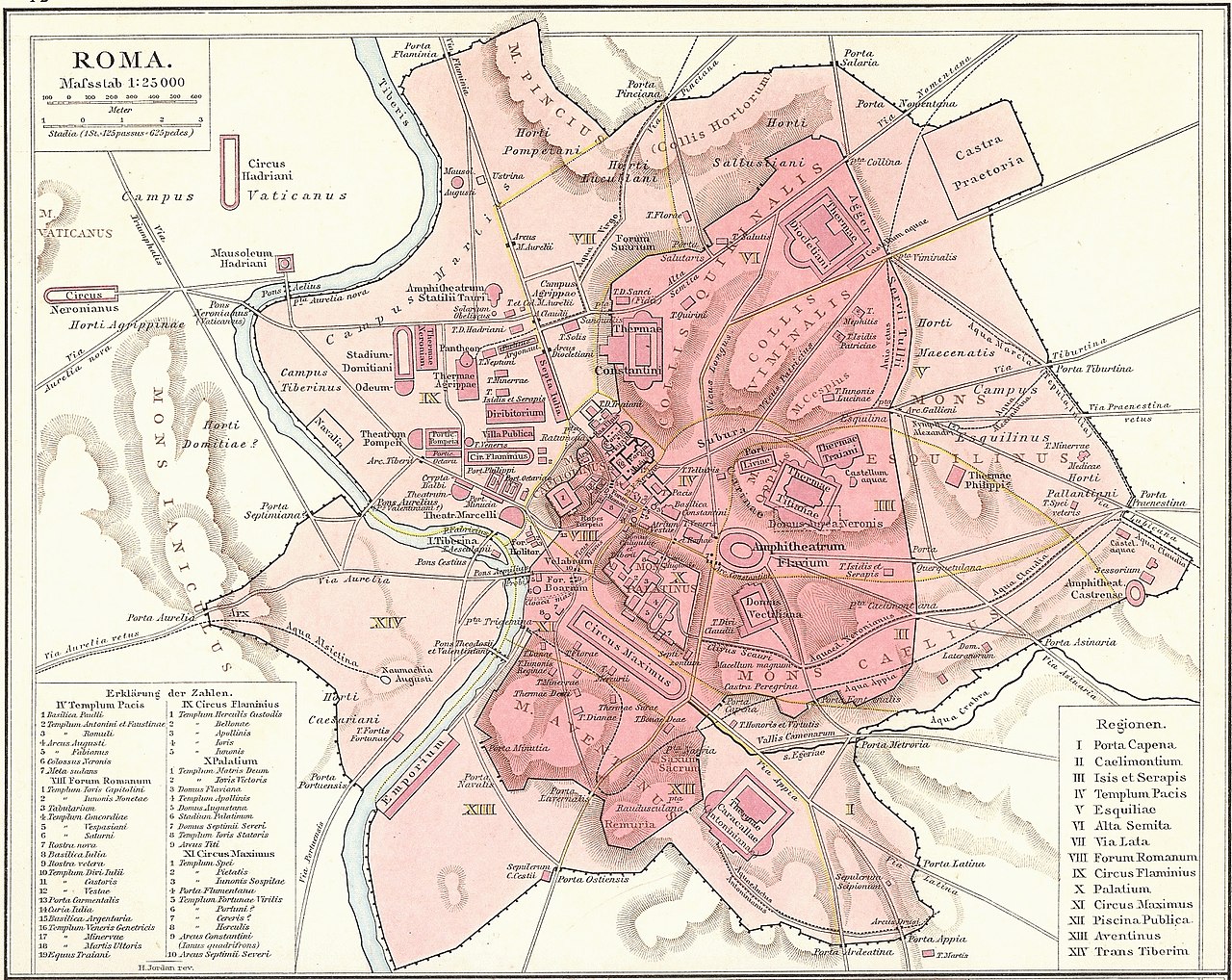
This episode currently has no reviews.
Submit Review- Podcast |
- The Partial Historians
- Publisher |
- The Partial Historians
- Media Type |
- audio
- Publication Date |
- Oct 17, 2018
- Episode Duration |
- 00:48:09
Appius Who?
We are deep in the conflict between between patricians and plebeians. One of the important consequences of the current struggles seems to be an increase in the number of tribunes. Dates for these kinds of things are very hazy indeed and there’s good reason to think that our sources, Dionysius and Livy, are both invested in offering a coherent narrative for why things are the way they appear to be by the late Republic.
With those sorts of caveats in mind, there appears to be five tribunes according to Livy: Gnaeus Siccius, Lucius Numitorius, Marcus Duellius, Spurius Icilius, and Lucius Mecilius!
We jump back into the narrative part way through c. 471 BCE. Our consuls are Titus Quintius Capitolinus Barbartus and Appius Claudius Sabinus and they represent different approaches to political engagement with the plebeians.
Ideological Differences?
Quintius is moderate in his outlook while Appius Claudius is staunchly in favour of tradition. This has evident implications which we’ll explore in detail! Quintius leads forces against the Aequians in the east and Appius leads his forces against the Volscians in the south east. We explore just how differently things go for the two consuls in the field. This discussion includes:
- the role of antesignani troops who go “before the standard”;
- the importance of the standards;
- decimation, its implications and Roman attitudes towards it;
- booty (treasure) in terms of size.
New Consuls, New Problems?
c. 470 BCE kicks off with new consuls, Lucius Valerius Potitus (consul for the second time) and Tiberius Aemilius Mamercus consul. Both these consuls come with a bit of history to bring to the table and this makes things much more intriguing.
It’s at this point that our sources start to reveal something of their agendas. We tousle with the potential holes in Dionysius’ account about the rationale for people’s actions.
It will come as no surprise that agrarian reform is back on the table! The tribunes are interested in seeing the audit of the public land, first proposed in 486 BCE, take place. With new impetus with new consuls, the idea of reform is taken up by the Senate.
Speakers in the Senate
Notable speakers in the senate on the issue of land reform include:
- Lucius Aemilius Mamercus, father of the consul possibly still bitter about being denied a triumph in 478 BCE
- Appius Claudius, everyone’s favourite patrician to hate on
We delve into the details of their arguments and explore the most intriguing consequence of them, which is the tribunes levelling a number of charges against Appius Claudius. You’ll want to listen closely to learn just how things go from there: 87-The-Rise-and-Rise-of-Appius-Claudius.mp3">The Rise and Rise of Appius Claudius
87-The-Rise-and-Rise-of-Appius-Claudius.mp3">https://partialhistorians.com/wp-content/uploads/2018/08/Episode-87-The-Rise-and-Rise-of-Appius-Claudius.mp3For this episode, Dr G is reading Dionysius of Halicarnassus Roman Antiquities 9.50-54 and Dr Radness is reading Livy 2.57-61.
 This map covers Rome through a number of historical periods. In the 5th century BCE, Rome was the dark red area.Map of Rome during Antiquity 1886. Source: G. Droysens Allgemeiner Historischer Handatlas. Image Courtesy of Wikimedia Commons.
This map covers Rome through a number of historical periods. In the 5th century BCE, Rome was the dark red area.Map of Rome during Antiquity 1886. Source: G. Droysens Allgemeiner Historischer Handatlas. Image Courtesy of Wikimedia Commons.This episode currently has no reviews.
Submit ReviewThis episode could use a review! Have anything to say about it? Share your thoughts using the button below.
Submit Review